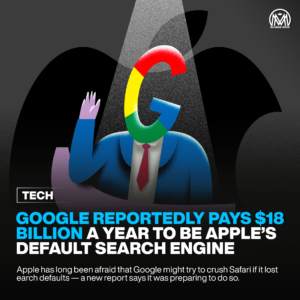Bitcoin miners are bracing for a significant revenue hit as the “Bitcoin halving” event approaches. This event, which occurs every four years, will reduce the amount of Bitcoin that miners can earn each day for validating transactions. Around April 20, the halving will cut the amount of Bitcoin that “miners” can earn each day for validating transactions to 450 from 900 now. Based on the current price of Bitcoin, this change could result in a collective revenue loss of around US$10 billion per year for the industry.
To cope with this impending revenue decline, mining companies like Marathon Digital Holdings and CleanSpark are investing in new equipment and acquiring smaller rivals. The Bitcoin halving event serves as a final push for miners to maximize their revenue before facing a substantial decrease. The strategic responses of these companies to the revenue drop will play a crucial role in determining their success in the industry.
While previous Bitcoin halving events have been followed by Bitcoin reaching new highs, mitigating the impact on mining rewards, the landscape has become more challenging. Miners are engaged in a technological arms race, continuously investing more money to compete for smaller rewards. Additionally, the energy-intensive nature of mining has become even more expensive due to the growing demand for power from the AI industry.
Traders Anticipate Mining Stock Drop Ahead of Bitcoin Halving
The increasing price of Bitcoin has helped offset these rising power costs and fueled the growth of crypto mining. However, the industry is now facing stiff competition for electricity from tech giants investing heavily in data centers. This competition for power is making it harder for miners to secure favorable electricity rates, with AI companies willing to pay significantly more for energy.
As the Bitcoin halving event approaches, some traders are betting on a decline in mining stocks. Short interest in mining companies has risen, indicating bearish sentiment in the market. This heightened competition and uncertainty surrounding revenue have put pressure on both public and private mining companies.
Competition for favorable electric rates growing from AI firms
Mining difficulty, a measure of computing power required to mine Bitcoin, has increased significantly since the last Bitcoin halving event. Companies are constantly upgrading their technology to generate more computing power, but the competition is fierce. Public mining companies have raised billions of dollars through share offerings to fund these upgrades, while private miners face challenges in accessing financing.
Private miners, who account for about 80% of the industry’s computing power in the US, may struggle to secure funding as lenders have become more cautious following the crypto market crash in 2022. Some miners are turning to venture capital funding rounds to support their operations, while others may consider exiting the market if they lack confidence in future mining revenues.
The upcoming halving event poses a significant challenge for Bitcoin miners, who must navigate decreasing revenues, escalating costs, and intense competition for power. The industry’s ability to adapt to these changes and innovate will be crucial in determining its future success in the evolving crypto landscape.


Trending News Articles
 Whoopi Goldberg Tries To Humiliate Rand Paul But Gets DESTROYED On Her Own Showby Jason Stone●June 11, 2023
Whoopi Goldberg Tries To Humiliate Rand Paul But Gets DESTROYED On Her Own Showby Jason Stone●June 11, 2023 Google reportedly pays $18 billion a year to be Apple’s default search engine.by Jason Stone●October 28, 2023
Google reportedly pays $18 billion a year to be Apple’s default search engine.by Jason Stone●October 28, 2023 Confidence is the greatest accessory you c…by Jason Stone●February 12, 2023
Confidence is the greatest accessory you c…by Jason Stone●February 12, 2023 “America Will Go BANKRUPT & We Aren’t Prepared For It” | Jim Rickardsby Jason Stone●December 13, 2022
“America Will Go BANKRUPT & We Aren’t Prepared For It” | Jim Rickardsby Jason Stone●December 13, 2022





